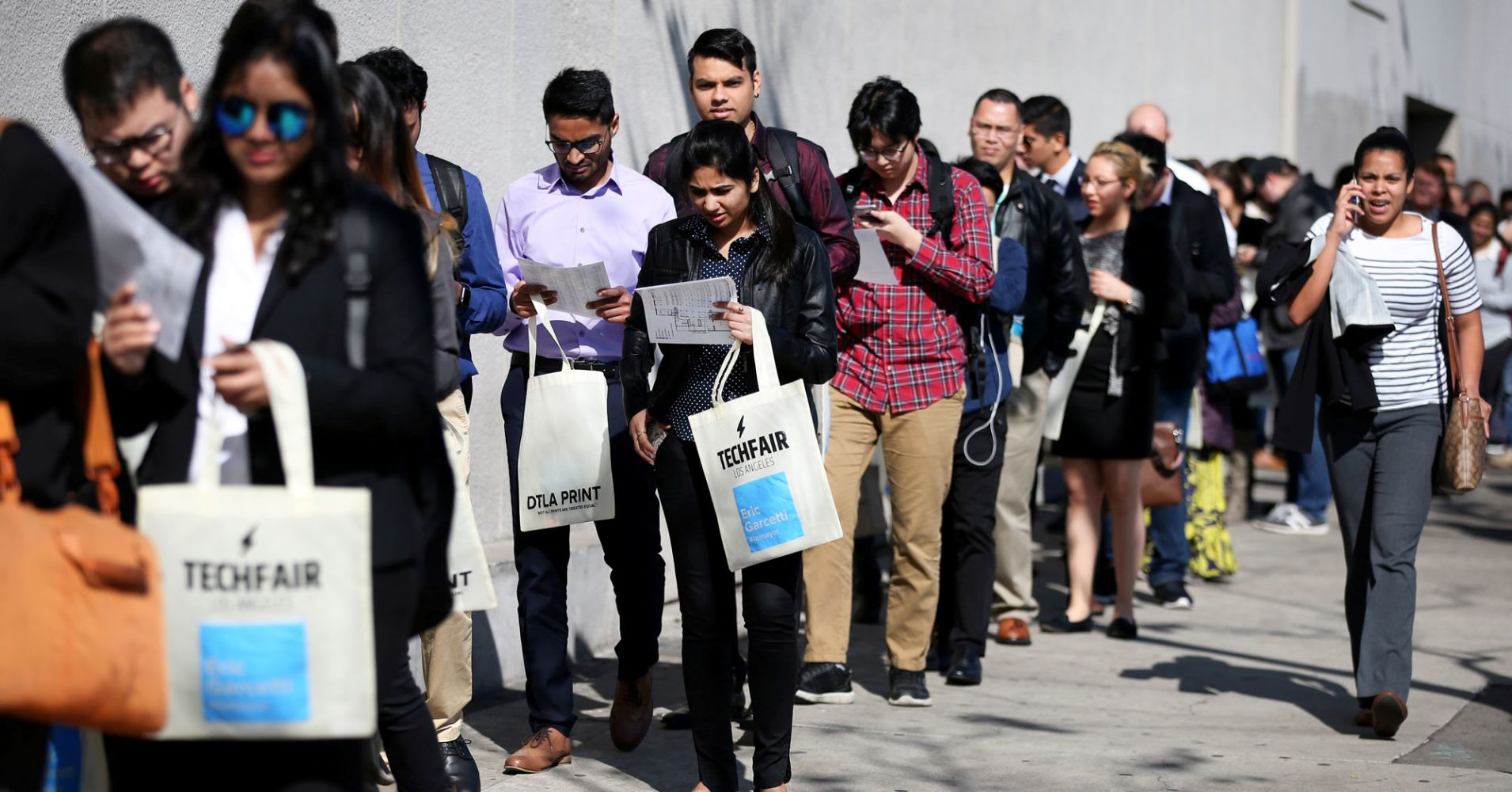The number of Americans filing for unemployment benefits dropped more than expected last week, calming fears of a rapidly deteriorating labor market and reinforcing a narrative of gradual economic softening. The Labor Department reported a decrease of 17,000 claims, bringing the total to a seasonally adjusted 233,000 for the week ending August 3rd, marking the largest decline in 11 months. Economists had anticipated 240,000 claims, making the actual figure a welcome surprise after last week’s sharp increase.
This decline is likely influenced by the waning impact of temporary motor vehicle plant shutdowns and Hurricane Beryl, which had previously inflated the jobless claims figures. The revised figure for the prior week was adjusted slightly upward to 250,000.

The positive data bolstered U.S. stock markets, with major indexes rising and benchmark Treasury yields climbing back above 4%. The U.S. dollar also strengthened against a basket of currencies, reflecting renewed investor confidence. Marc Chandler, Chief Market Strategist at Bannockburn Global Forex, remarked that concerns of an imminent recession now seem “wide of the mark.”
Investors reacted by reducing bets that the Federal Reserve would implement a significant 50-basis-point rate cut next month, with the probability falling to 58% from 70% prior to the report. Despite a recent upward trend in claims since June, partly due to auto plant retooling and weather disruptions, layoffs remain low. This suggests that the labor market is stabilizing, albeit at a slower pace, as the economy adjusts to the Federal Reserve’s rate hikes in 2022 and 2023.
The Fed, which left its benchmark interest rate unchanged at its last meeting, is closely monitoring the labor market for signs of stress. While the recent nonfarm payrolls report indicated a slowdown in job gains and a rise in unemployment to 4.3%, the overall labor force growth has kept pace with the gradual rise in jobless claims, maintaining stability.
In other economic news, U.S. wholesale inventories increased in June, contributing positively to economic growth in the second quarter. The Commerce Department reported a 0.2% rise in inventories, in line with expectations, and a continuation of growth after a similar increase in May. This, coupled with a slight decrease in the U.S. 30-year mortgage rate to 6.47%, provided further relief in the housing market, which has been struggling under high interest rates.
















